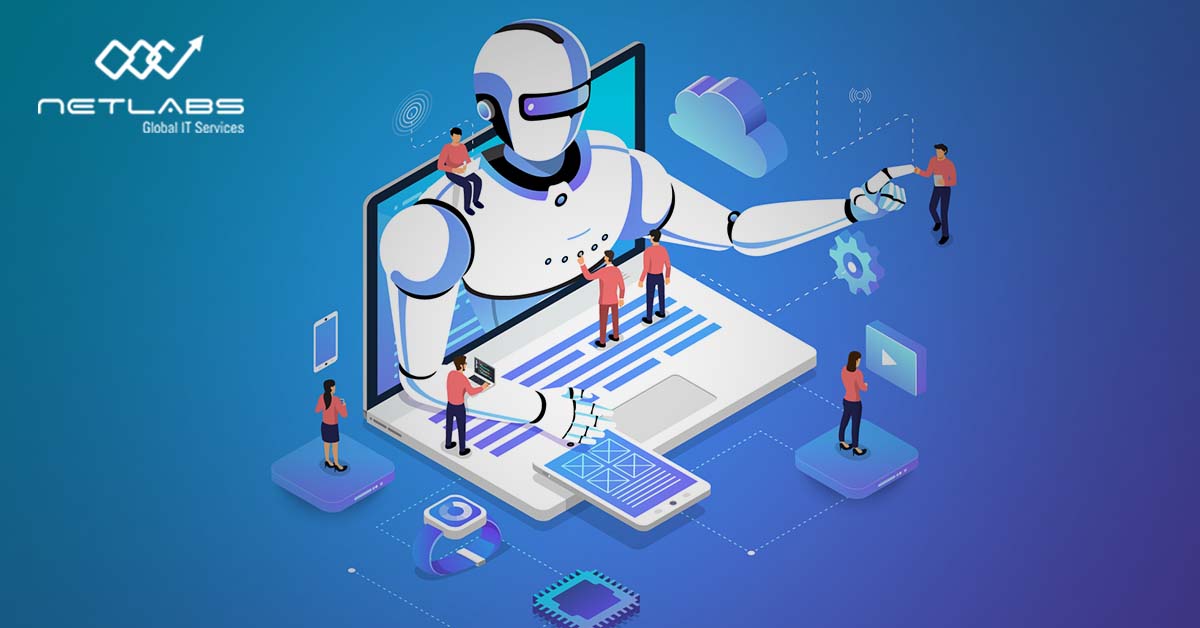Risks come in a variety of forms, sizes, and shapes. These can be, to name a few, environmental, technical, geographical, and financial. Analyzing risks is not as easy as it may sound. It’s an arduous process, often complicated and can be hard to visualize and model potential problems. A slight misunderstanding can cause catastrophic outcomes.
That’s where AI comes into the picture. Organizations can utilize AI to identify potential DR (disaster recovery) planning and execution and foresee scenarios that DR teams might not have thought about. Even under component testing, AI can aid users in understanding restrictions that aren’t always apparent.
This blog explains how AI can help in risk management and disaster recovery strategy. Let’s get started.
Considering AI realistically
While conducting risk assessments, DR teams must take into account the gravity and likelihood of potential incidents. Since they have to deal with a lot of data, it makes more sense to leverage technologies like AI and Machine Learning. However, organizations must remember that AI is not a miracle tool that can solve all problems. Disaster recovery teams have a potent risk assessment tool in their hands with good data sets and a solid grasp of where AI works best.
By having a solid grasp of where and how AI works best and a good data set on their hands, disaster recovery teams have a better chance of having a potential risk assessment tool in their hands.
AI in risk assessment
One industry where AI conceptualization and optimization are already in use is insurance. There are some insurance companies that use simulated calamities, which are ready to hit at the click of a button, to check how they react when disaster strikes.
With the help of AI, insurance underwriters can estimate future expenditures, analyze the risks involved, and foresee calamities that might occur. With valuable insights obtained by AI, the insurance industry can sketch out catastrophic scenarios with specific risk profiles for their clients.
When AI is autonomous, it can function alone or in cooperation with human monitoring and input. This is another important aspect of AI. When most people think of AI, they picture something like this. End of the day, it is all about data and quality. By enabling these products to learn how users respond to a particular DR implementation, AI can devise the right strategy to help streamline the disaster recovery process.

AI should be looked upon from a logical standpoint, not magical
Many organizations deploy AI to help them decide on how to approach disaster recovery, especially when they have dozens of applications to restore. Humans may limit themselves to following a standard DR strategy for restoration when they prioritize apps. AI, on the other hand, is not constrained by these limitations and might be able to restore apps more quickly and efficiently.
AI is not an infallible solution. To give you an analogy – it’s not about the tool; it’s all about how one uses it. So businesses should thoroughly investigate (and be wary about) any vendor offering “magic” AI tools. They should ensure they are aware of both the strengths and weaknesses of the provided solution. Just because it says so, it doesn’t mean that AI will perform tasks more effectively than they are now.
Conclusion
Though AI is often described as an ‘easy-to-use’ and ‘easy-to-maintain’ technology, organizations must be aware of its strengths and weaknesses. Deploying AI is tricky and requires expert guidance. So, make sure the data is of high quality, and employ individuals who are knowledgeable about handling and analyzing data using various industry-standard AI tools. This will aid Disaster Recovery teams in identifying unexpected risks and outcomes and helping the organization to be suitably prepared.
Netlabs Global is a leader in providing Robotics Process Automation, Artificial Intelligence, and Machine Learning solutions to help organizations successfully and effortlessly implement intelligent automation to their business processes. Talk to us today to learn more about how our solutions and services can help transform your business. It’s time to make the change and start the automation journey.





